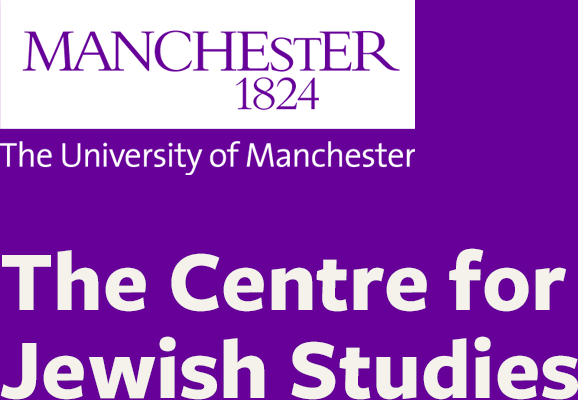Melilah
Editors: Bernard Jackson, Daniel R. Langton, Ephraim Nissan, and Renate Smithuis.
Download the complete volume for free (2.0 MB, pdf).
Buy the printed edition ISBN 978-1-4632-0154-8.
CONTENTS
1. Cynthia Crewe,Plant Motifs on Jewish Ossuaries and Sarcophagi in Palestine in the Late Second Temple Period: Their Identification, Sociology and Significance
This paper attempts to identify the whole range of plant motifs found on Jewish ossuaries. It outlines briefly the nature of the ossuary, its context within the tomb, and the religious, ideological and sociological implications of its use. In light of evidence of the non-funerary use of many similar motifs, the abundant use of plant imagery in biblical and apocryphal texts, and possible external influences on the development of Jewish funerary art, it is argued that, through a process of acculturation, a ‘type of symbolism’, which is not necessarily religious (that is, related to a system of beliefs about God), may be inherent in the motifs.
2. Dvir Abramovich,Feminine Images in the Writings of Amos Oz
This essay explores the portrayal of female protagonists in several novels and short stories by Israel’s most celebrated author Amos Oz. Employing feminist theory, the article argues that often in the Oz canon, the manner by which women characters are depicted can be read as antifeminist and misogynous. By embracing an oppositional reading which goes against the grain of conventional interpretation, the paper seeks to show that the adumbration of the female in an array of Oz texts is closely associated with a pervasive patriarchal praxis that focuses solely on their sexuality. The familiar image of the woman that is uncovered in this analysis demonstrates that in their multiple configurations, Oz’s female principals are driven by libidinal impulses and that such characterization permeates the author’s gender constructs. The article contends that Oz underlines in many of his plots the erotic dimension so much so that it becomes the mainstay for the heroines’ actions and behaviour.
3. Phillip Mendes,"We are all German Jews": Exploring the Prominence of Jews in the New Left
Jews were disproportionately involved in the 1960s student movement known as the New Left. Drawing on research data from primarily the USA and Australia, we explore some of the key factors that contributed to this prominence including the significant number of Jewish students at key universities, the impact of left-wing family backgrounds on many Jewish students, and the general influence of Jewish cultural values and experiences. We argue that Jewish student radicals incorporated the whole spectrum of Jewish identity from those who either rejected or expressed ambivalence about their Jewishness to those whose radical and Jewish commitments were closely aligned. We also explain why the Jewish contribution to the New Left had so little impact on mainstream Jewish political culture.
4. Elliot Cohen,The Use of Holocaust Testimony by Jews for Jesus: A Narrative Inquiry
The primary concern of this paper is a video entitled ‘Survivor Stories: Hope from an Unlikely Source’, published by the controversial organisation Jews for Jesus (JFJ) in 2001, which consists of several historical and evangelical testimonies from Holocaust survivors who are now Messianic Jewish believers and spokespeople for the JFJ movement. In analysing the presentation and language used and its relations to questions of identity, we will adopt a discursive approach that is transdisciplinary, extending beyond social psychology into literary theory and theological reflection, which is designed to avoid the reductionist tendencies that are found in many standard anti-missionary tracts and materials concerning the JFJ and other Messianic Jewish movements. We will inevitably touch upon issues relating to Jewish identity more generally in our attempt to locate the use of the Holocaust testimony of members of the JFJ within wider Jewish and academic discourse concerning the Holocaust. The primary focus will be the utilisation of such material for evangelical or missionary purposes.

